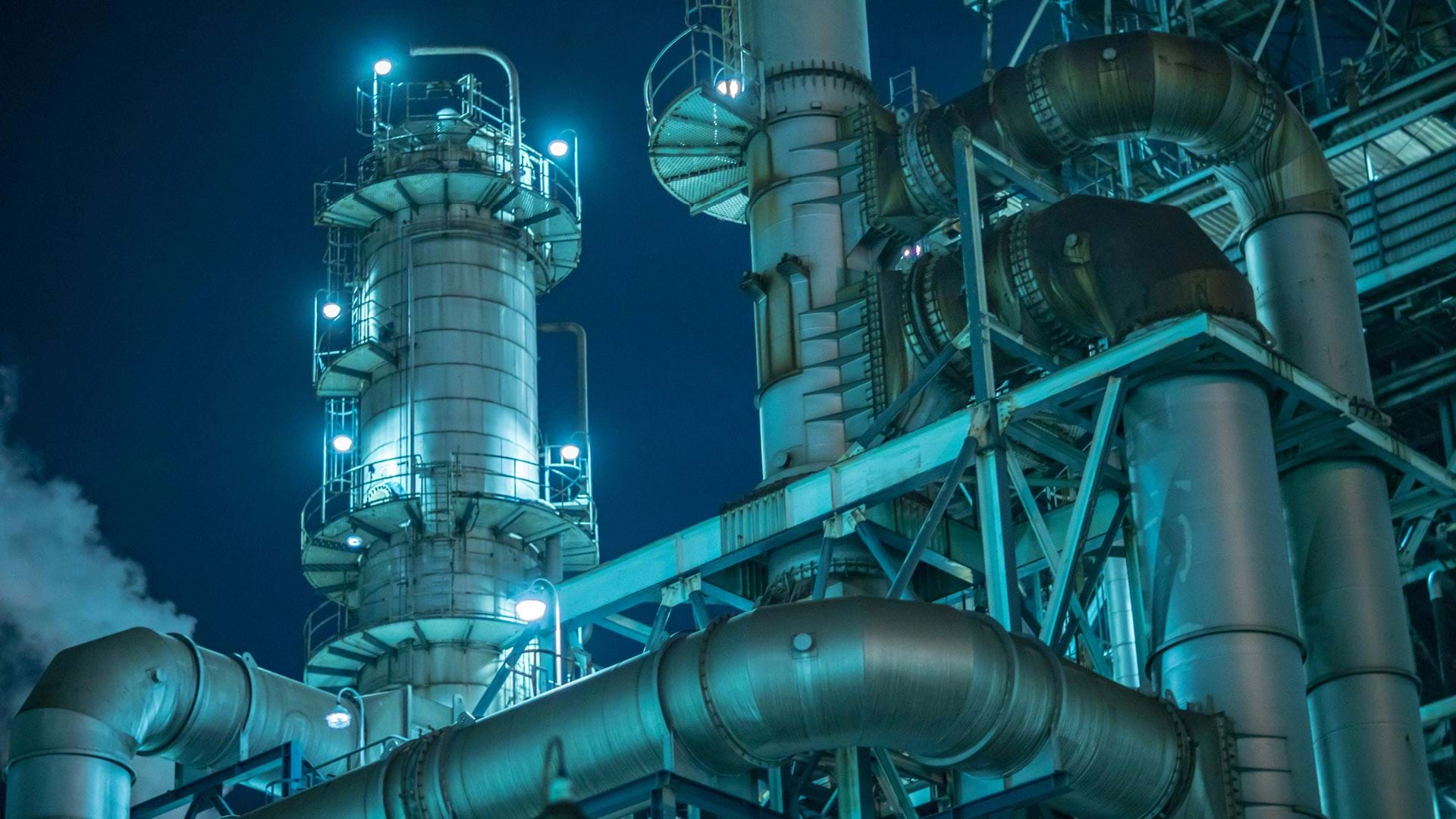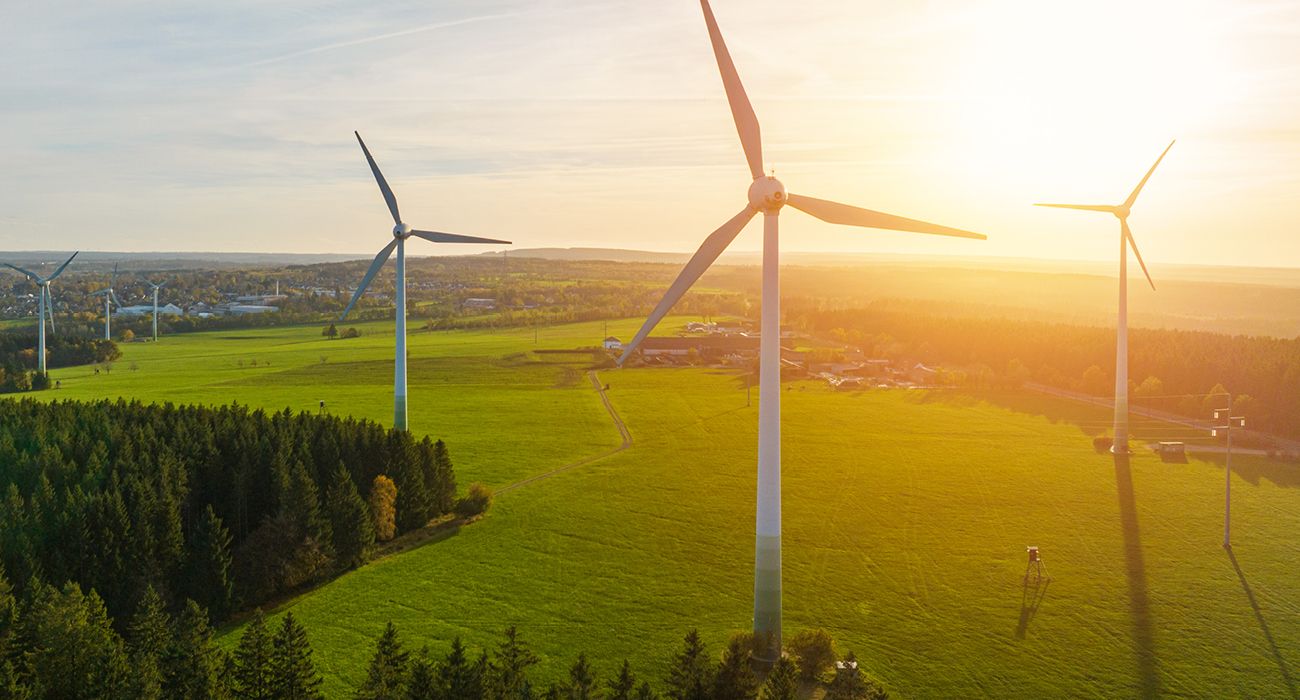INEOS Nitriles is the world’s largest producer of acrylonitrile and acetonitrile chemicals.
Background
Background INEOS Nitriles acquired the Seal Sands site from BASF in 2008. The plant uses leading INEOS technology and currently produces 230,000 tonnes of acrylonitrile per annum.
Development and capabilities
The £32 million combined heat and power (CHP) plant was originally built by npower Business Solutions (nBS) for BASF and commenced operation in November 1997. The plant comprises of a 40MW gas turbine which exhausts into a 65 tonne per hour waste heat recovery boiler. High pressure steam then passes through a steam turbine generator producing a further 35MW of electricity. The plant is operated on a day-to-day basis by INEOS Nitriles staff under a ‘partnership energy management’ arrangement with nBS.
Benefits to INEOS Nitriles
The fuel efficiency and the contract term result in INEOS Nitriles making significant savings on its annual energy expenditure. In addition to this, the chemical company also benefits from the independence and security of on-site generation which enables it to effectively meet its own customers’ high expectations. INEOS Nitriles is dedicated to environmental performance, and by investing in CHP technology, it is able to significantly reduce its carbon footprint and thus support the environment.

/npm214%20Digital_H_UB94.jpg)

/npm214%20Digital_H_UB108.jpg)
/npm214%20Digital_H_UB132.jpg)
/npm214%20Digital_H_UB142.jpg)

/npm214%20Digital_H_UB136.jpg)



